Bonsai trees are a popular indoor tree choice. But many people don’t know the proper care guidelines for indoor bonsai trees. If you’re considering bringing an indoor bonsai tree into your home, read for important details about caring for these plants.
Indoor bonsai trees are typically made from dwarf or miniature trees. They are kept small by watering them regularly and not allowing them to get too dry. They should re-pot at least every three years, and it’s important to note that bonsai trees should never overwater – allow the potting soil to dry out completely before watering again.
In addition to watering, ensure the bonsai tree is kept well-maintained by pruning it occasionally and providing humidity with a humidity tray or humidifier. Finally, take care when moving your indoor bonsai tree – follow the guidelines to keep it healthy and happy during relocation.
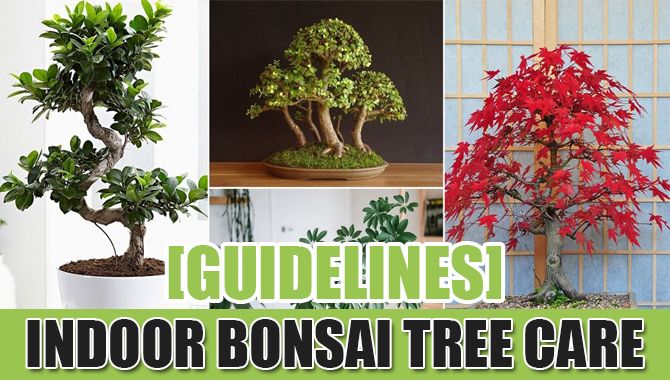
What Is An Indoor Bonsai Tree?
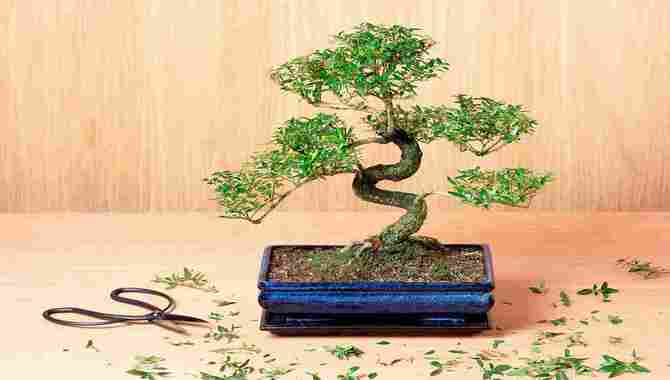
If you’re looking for an exciting and unique indoor decoration, consider getting an indoor Bonsai tree. This type of tree needs less water and light than a regular outdoor tree. So, making it the perfect choice for apartments or offices.
Additionally, you will need to fertilize the plant every two weeks and prune it regularly to keep it healthy and looking good. In addition to caring for the plant, keep the humidity levels high and the temperature in the range of 18-24 degrees Celsius. An indoor Bonsai tree is a sculpted collection of miniature trees placed indoors and is perfect for any space. So go ahead, and add a little nature to your indoor decor!
Indoor Bonsai Tree Care – Full Guide
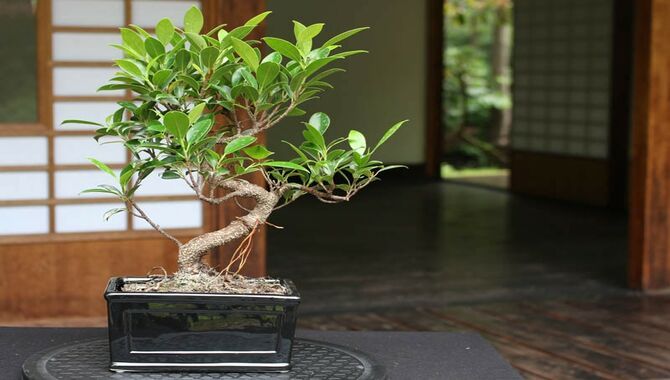
Indoor bonsai tree care is not difficult, but it is important to follow a few guidelines to ensure your tree receives the proper care. Watering them correctly is the most important aspect, as overwatering can lead to root overcrowding and stunted growth.
Follow the same watering schedule for both indoor and outdoor bonsai trees. Be sure to fertilize them regularly with a balanced houseplant fertilizer, and be mindful of the tree’s sensitive temperature and humidity levels. When caring for an indoor bonsai tree, be sure to keep the tree in a well-lit area with temperatures between 60-75 degrees Fahrenheit and humidity levels of 50-60%.
Get The Free Indoor Guide

Keeping a bonsai tree indoors is a great way to enjoy its beauty and freshness year-round. However, before you can start watering or feeding it, you will need to get the free guide first.
It explains in detail how to care for your bonsai tree indoors, including the regular water and fertilizer needs, and how to prune it, so it remains healthy. It’s also important to furnish your indoor bonsai tree with the right environment to ensure enough light and airflow. If you follow these simple tips, your bonsai tree will thrive in no time!
How To Position Your Bonsai Tree
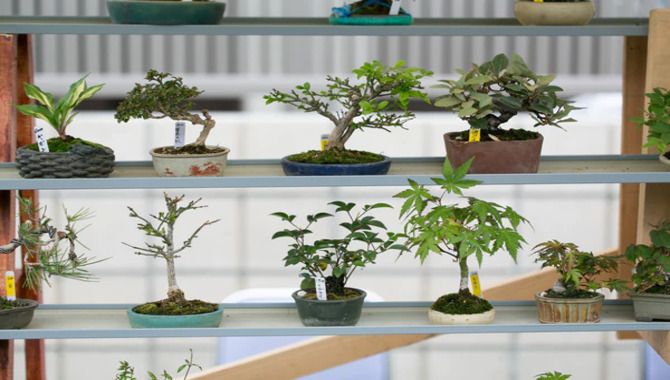
It’s important to position your bonsai tree in a location with plenty of sunlight and moisture. Too much humidity or light can cause the roots to rot, while over-watering can lead to plant damage. For best results, fertilize only when necessary and water sparingly during periods of drought.
To move your indoor bonsai tree during winter, wait until the roots are dormant (when they’re less susceptible to damage). And lastly – never prune or repot your bonsai tree without first consulting with a professional!
Watering Your Bonsai Tree
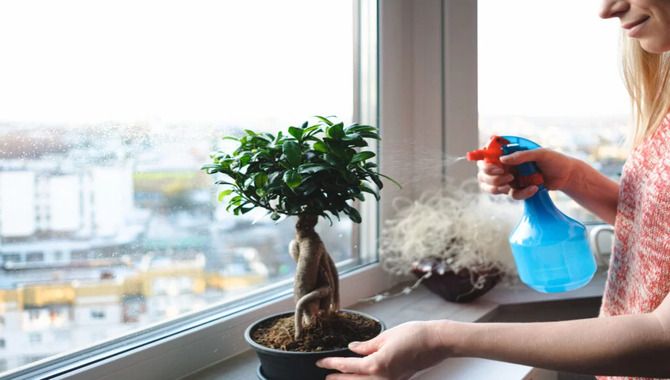
One of the most important things you can do for your bonsai tree is to water it properly. Over watering can kill your plant and cause it to lose its roots, so make sure to water from the bottom of the pot up until the top. If there is ever a need for more water, add just enough – don’t overdo it!
Apart from watering, check the soil daily and give it a light refresh if necessary. Bonsai trees are susceptible to dryness and should water thoroughly whenever they feel thirsty.
Pruning And Shaping Your Bonsai Tree
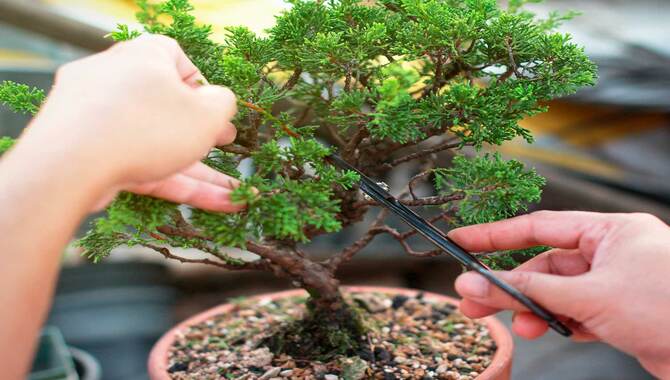
It is important to regularly prune and shape your bonsai tree to keep it healthy and looking good. Pruning should do in the early stages of growth when the tree is still young. Once you have completed these basic steps, it’s time for a potting soil refreshment!
You can use a few different techniques when shaping or repotting your bonsai tree – deadheading, watering procedures, etc. Be sure to observe the tree’s natural growth to make informed decisions about how much pruning and shaping needs to do at any given time. As with all plants, there are times when more care may need to take than others – know your plant well before taking any drastic measures!
Selecting A Bonsai Tree Fertilizer
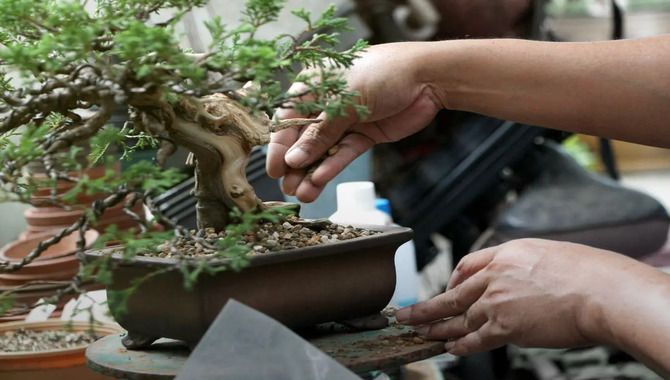
Selecting the right fertilizer for your bonsai tree is essential for its growth and health. Make sure to consider the type of soil your tree planted in and the ingredients contained in the fertilizer.
Fertilizers should only be used once per month, diluted with water (50/50). After thoroughly watering the bonsai tree after fertilization, ensure that the soil isn’t too wet or dry – this will help prevent eventual root failure.
Skip The Evergreen Bonsai Indoors
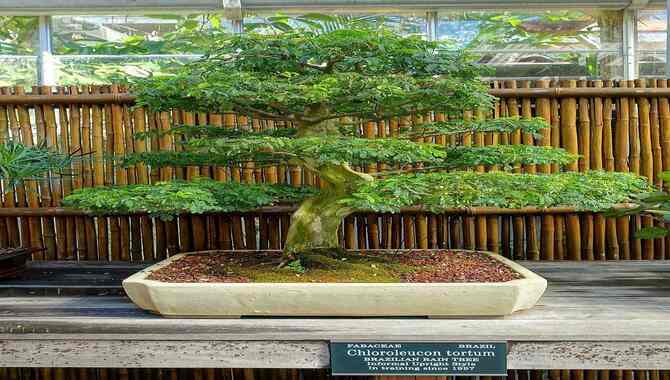
If you’re thinking of growing an indoor bonsai tree, think again! These delicate trees are not meant to be grown indoors and will suffer in the process. Instead, go for a deciduous bonsai tree, which is more suited to indoor growth—additionally, different research types of bonsai before making your purchase.
Many varieties of evergreen bonsai are available on the market today, so make sure to find the right one for you. Last but not least, make sure to water and care for your bonsai tree properly to ensure proper growth and success.
Indoors, Keep Your Tree Cool And Dry
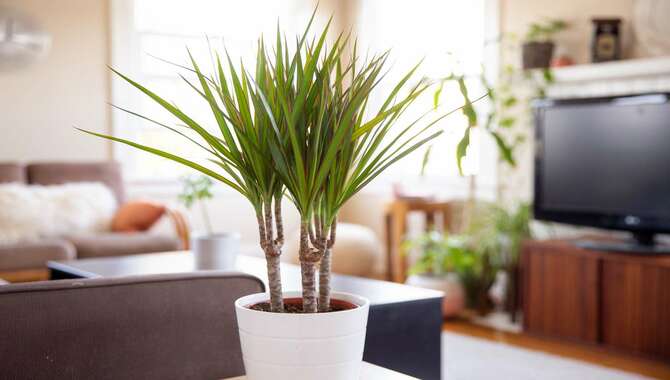
Indoor plants are a great way to add greenery and beauty to any space. Lucky bamboo is one of the best indoor plants for this purpose as it doesn’t require much care and thrives in low light conditions. Mix room-temperature water with diluted organic fertilizer (fish emulsion) to water your plant.
Avoid direct sunlight or drafts by positioning the tree near a window or door. Most importantly, ensure to keep the plant cool and dry – Indoors, bonsai trees need plenty of moisture, but too much humidity can cause them to lose their leaves prematurely.
Keep It Moist
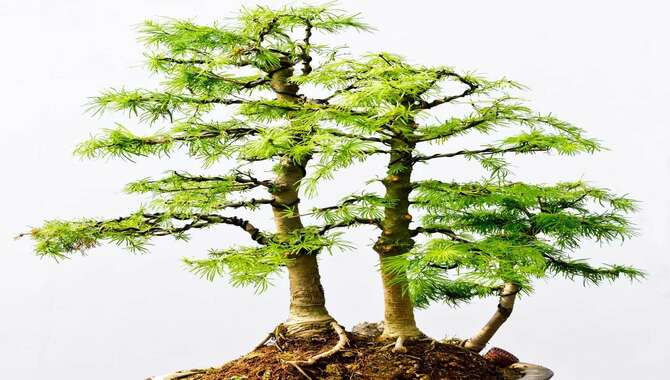
Indoor bonsai tree care is simple but important. Make sure to water your tree regularly, remove dead leaves and branches, and keep the soil moist. If the soil looks dry, add a small amount of compost or leaf mold to improve drainage.
Don’t over-water your tree, as this will lead to root rot and other problems. Most often, indoor bonsai tree care involves watering with a spray bottle of room-temperature water. Enjoy your bonsai tree!
Soaking The Bonsai
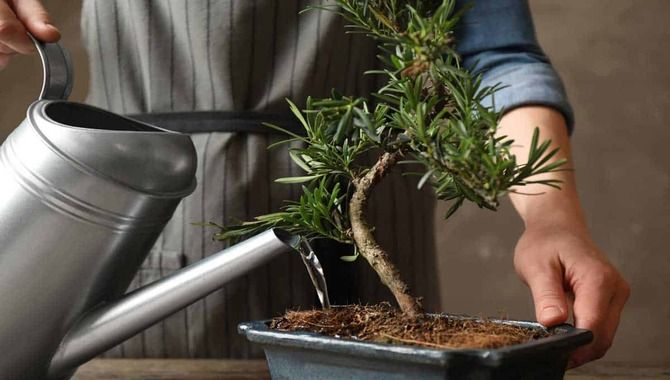
Watering your bonsai tree correctly is crucial for its long-term well-being. Make sure to avoid over-watering, and always rinse the potting soil off before placing the tree back in it.
For trees that need more water than usual, soaking them in warm water can help increase their hydration levels and improve water absorption. Bonsai trees require regular watering to stay healthy – keep this in mind when planning your irrigation schedule!
But Don’t Overwater!
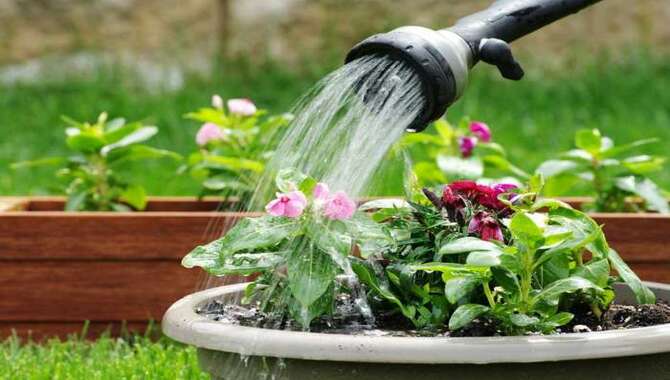
It’s the time of the year when bonsai tree care guidelines come into play. One of the most common mistakes bonsai growers make is overwatering. Overwatering causes the soil to become waterlogged, and the tree’s roots can’t access the nutrients it needs. As a result, the tree growth stunts, and it may even die. In addition to water, bonsai tree care includes:
- Watering the tree with care.
- Not fertilizing it too frequently.
- Pruning it in late winter/early spring when new growth begins to emerge.
Check the soil moisture level daily, and never let it get too low or high. Bonsai tree care guidelines are essential to proper bonsai tree care, so follow them to the letter to keep your tree healthy and thriving.
Don’t Overfeed Your Bonsai Tree
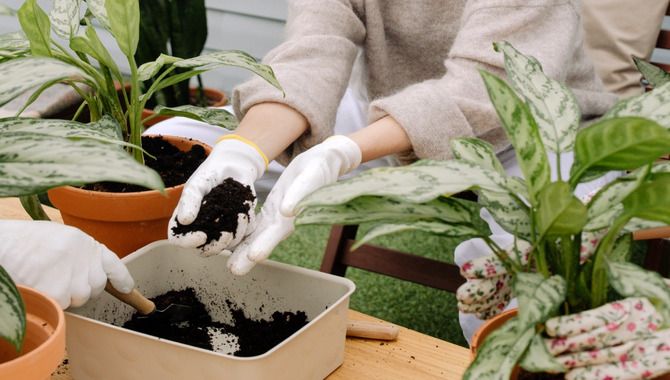
Bonsai trees are beautiful and delicate plants that need care like any other plant. However, feeding them too much water can cause problems such as the tree becoming root-bound or unhealthy. If you notice wilting or drooping leaves, then it is time to give your bonsai a water break.
Try watering it only once a week instead of twice or more. And lastly, don’t overwater bonsai trees! Giving them enough moisture but not drowning them will help keep their roots healthy and strong.
Report With Confidence
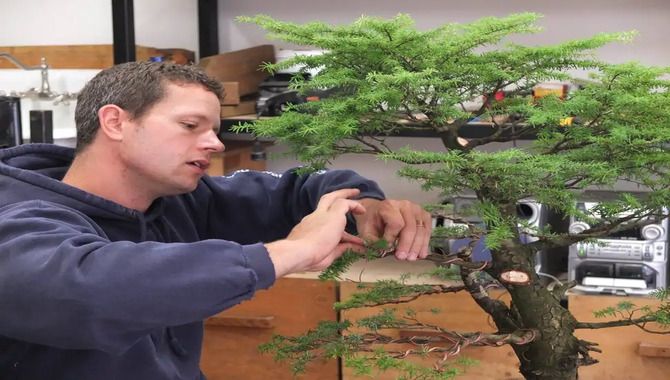
Bonsai tree care is important for the tree’s health and the success of your indoor bonsai garden. As a beginner, it’s important to repot your bonsai tree using fresh soil and fresh water every two to three years.
Do not fertilize your bonsai tree during the growing season – allow it to grow on its food sources. Prune the branches annually in late winter or early spring to keep the tree looking healthy and bushy. If you notice any changes in the appearance of your bonsai tree, such as wilting leaves or brown patches, check for signs of a sick plant and take appropriate steps to redress the issue immediately!
Proper Soil Preparation
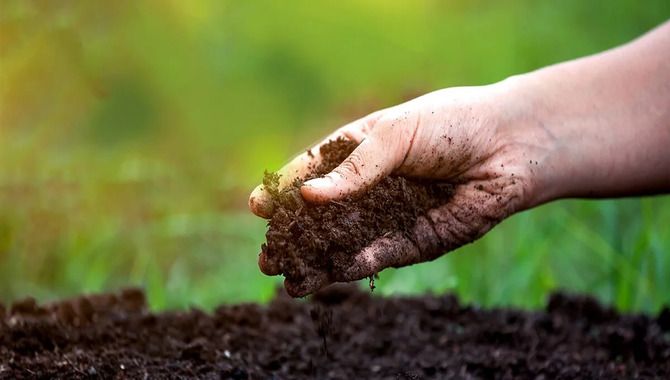
When repotting your bonsai tree, it is important to take care of the new soil. Ensure the texture is similar to the old one and that there are no broken roots. Once you have repotted your bonsai tree, water thoroughly before and after to prevent root rot.
Conclusion
Indoor bonsai tree care guidelines have been provided to help you keep your indoor bonsai tree healthy and happy. Follow the approaches to the letter to ensure that your tree remains in good condition. Remember, too much moisture can cause problems such as root rot, so regulate watering levels accordingly. If you have any questions or comments about indoor bonsai tree care, please feel free to leave them below, and we’ll get back to you as soon as possible.
FAQs:
[rank_math_rich_snippet id=”s-e9189999-61a4-45f0-a7e8-580fa8b81948″]

I am passionate about home engineering. I specialize in designing, installing, and maintaining heating, ventilation, and air conditioning systems. My goal is to help people stay comfortable in their homes all year long.
